Picture this: You come home after a long day to find your favorite shoes chewed to pieces, your puppy whimpering in the corner, and a mess that looks like a tornado hit your living room. Sound familiar? You’re not alone. Research suggests that approximately one in four dogs find it hard to cope when left alone, yet many of us unknowingly make mistakes that turn our puppies’ alone time into a struggle.
The truth is, leaving your puppy home alone doesn’t have to be a disaster waiting to happen. With the right approach, you can help your furry friend feel confident, secure, and content during your absence. Let’s dive into the most common mistakes that well-meaning puppy parents make, and more importantly, how to fix them.
Making Your Departure a Dramatic Production
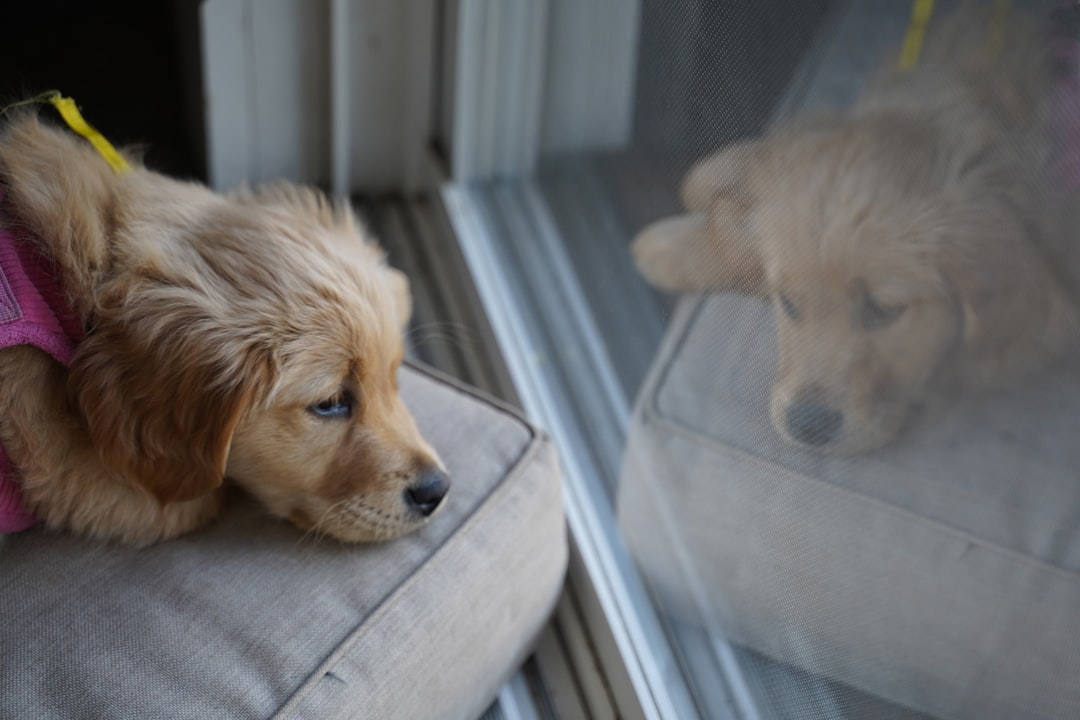
You know that familiar scene: When it is time to leave, an owner will hug, kiss, pat and make a big fuss about leaving. It is normal to want to say a big, loving goodbye to your puppy or dog. However, this emotional farewell is actually setting your puppy up for anxiety.
When this is done, a Poodle will interpret this as if the owner is saying, “I am leaving and I’m not sure if I’ll be back…it is such a huge deal that I’m leaving…I must hug & kiss you as much as I can…This is a big event” The Poodle will then begin to panic even before you leave the house. The solution? Make your comings and goings low-key without a lot of greeting. Ignore your pup for the first few minutes after you get home.
Leave quietly without saying one word. If you always say ‘goodbye’ right before you leave your Poodle alone, he can learn that this is a trigger word and panic can set in. Think of it like teaching your puppy that departures are no big deal, just part of the daily routine.
Leaving Them Alone for Too Long Too Soon
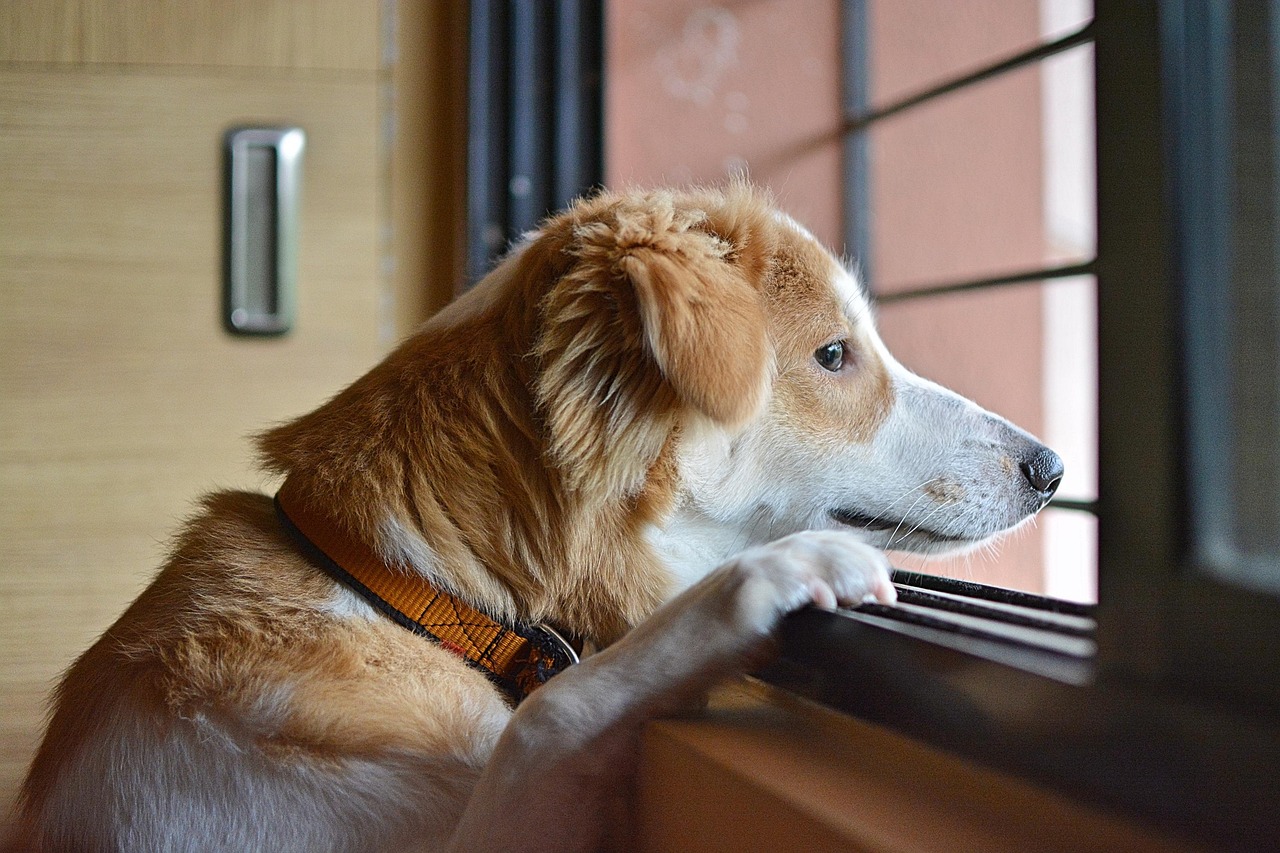
One of the biggest mistakes new puppy parents make is overestimating their little one’s bladder control and emotional maturity. As a general rule, your dog should never be left alone for more than four hours at a time. However, this will greatly depend on your dog, their age, breed and how they cope with being on their own in the house. Some may struggle being away from their owners for this long and others will be unphased.
For puppies specifically, the guidelines are even stricter. If you’re unsure about how long your puppy can hold it, use the month-plus-one rule. Take the age of your puppy in months and add one, and that is the maximum number of hours that your puppy should be able to comfortably hold it between potty breaks. A 3-month-old puppy plus one equals 4 hours that they should be able to stay in the crate without a mess.
When you first start to leave your puppy alone, do not leave her for longer than 30 minutes at a time. As your pup gets used to you leaving, you can progressively leave her for longer periods. This is especially true as she gains more control of her bladder.
Skipping the Pre-Departure Exercise Routine
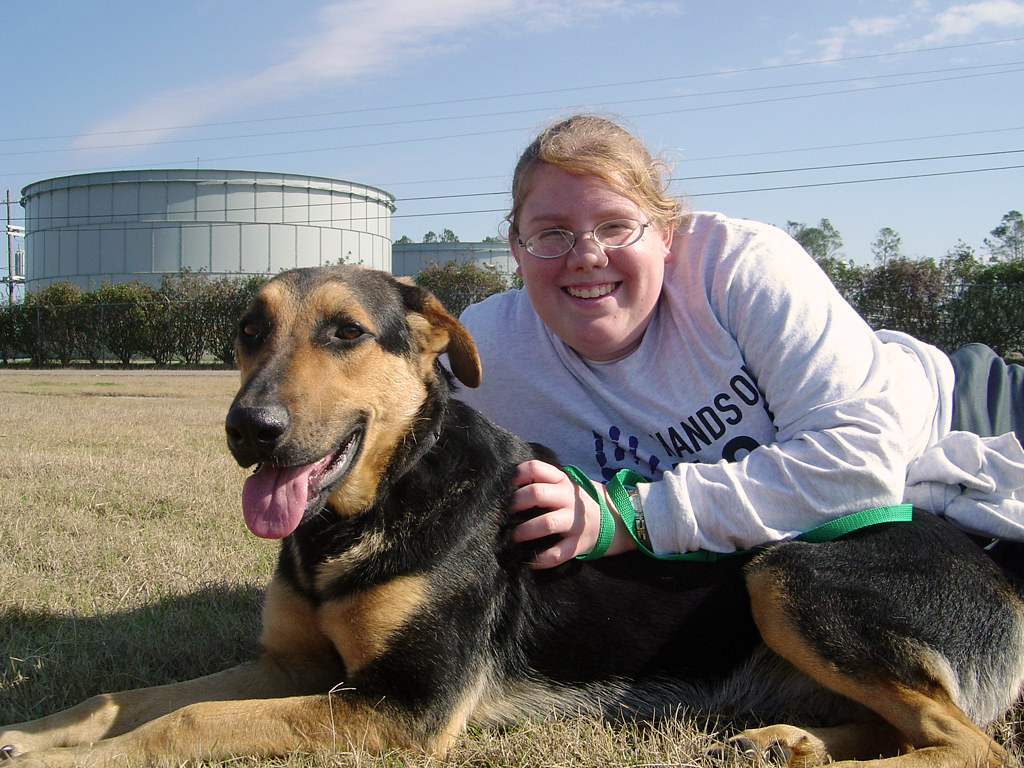
Here’s a simple truth that many puppy parents overlook: a tired puppy is a well-behaved puppy. Make sure your pet gets lots of exercise every day. A tired, happy dog will be less stressed when you leave. Yet countless owners rush out the door without giving their energetic pup a chance to burn off steam.
If the root cause of your dog’s destructive behaviour is boredom, having a good exercise routine in the morning before you leave for the day may be the key. This can help relieve some of their pent up energy and stop them from taking it out on your lounge cushions. A simple 30 – 45 minute walk can go a long way and switching up the route throughout the week can help keep them engaged and mentally stimulated for each walk.
Remember, mental stimulation is just as important as physical exercise. It’s also key that you challenge your pet’s mind. Play training games and fetch. Use interactive puzzles. Work their mind as well as their body.
Providing Zero Mental Stimulation
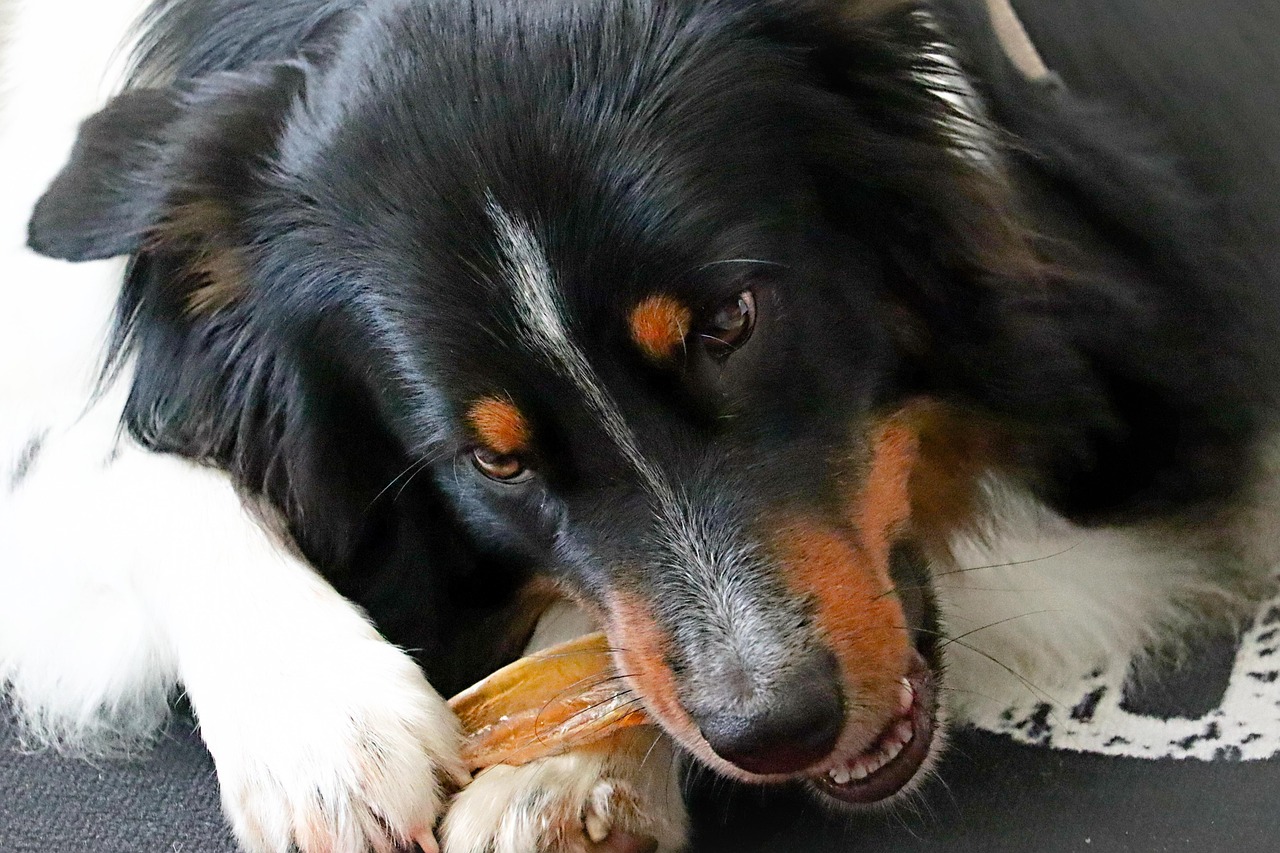
A bored dog will make their own fun, most likely in ways that don’t work for you. When left to their own devices, bored dogs will chew furniture and shoes, shred pillows, or even unroll your toilet paper, doing whatever they can find to pass the time. And because you’re not there to stop them, it’s all the more exciting. Big messes when you get home are a clear sign of a dog with nothing to do.
The solution lies in providing appropriate mental challenges. Give your dog a special treat each time you leave (like a puzzle toy stuffed with peanut butter). Only give them this treat when you’re gone, and take it away when you get home. This creates a positive association with your departure.
Interactive dog toys are a fantastic way to engage your dog’s mind and keep them busy. These toys are designed to challenge your dog, making them work for their treats or kibble. Not only do they help alleviate boredom, but they also provide mental stimulation, which is crucial for your dog’s overall well-being.
Punishing Accidents After the Fact
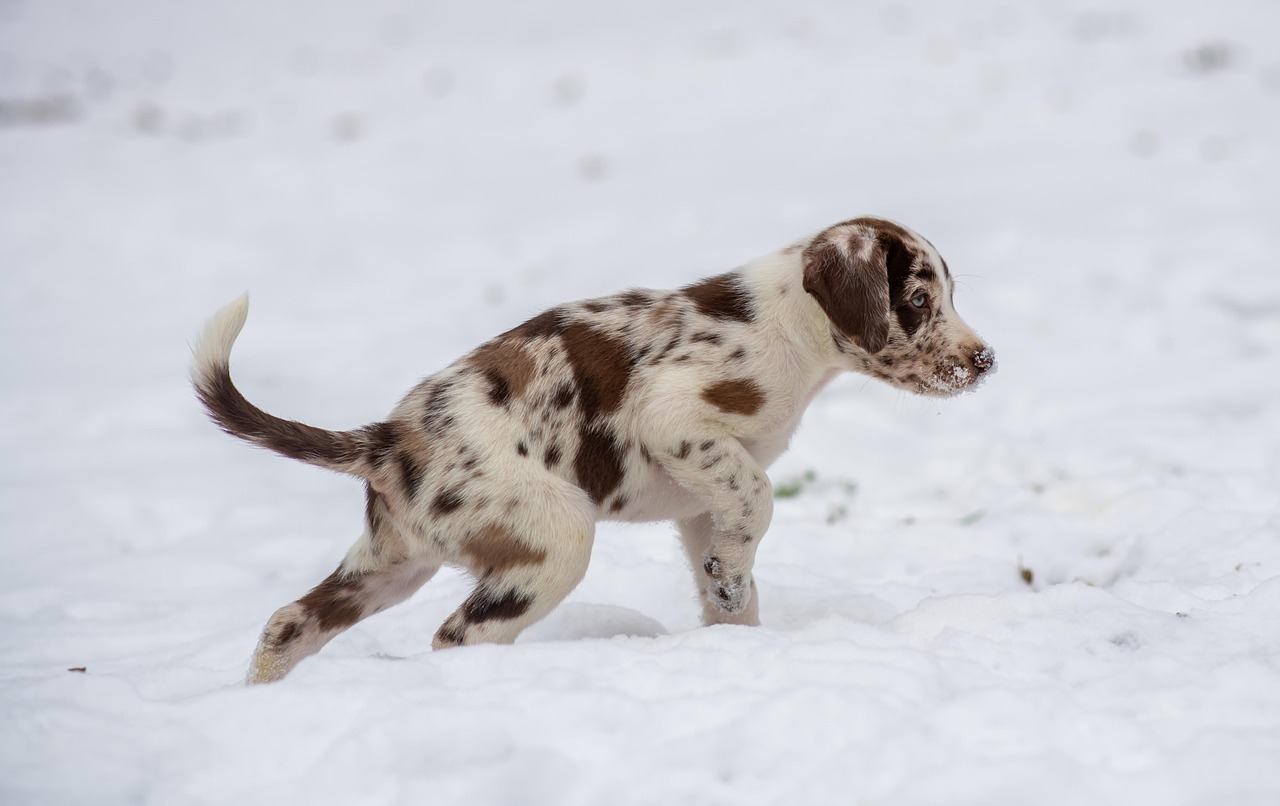
You walk through the door to find an accident on your favorite rug. Your first instinct might be to scold your puppy, but this is one of the most counterproductive things you can do. Any punishment given on returning home won’t help stop the problem. Dogs associate punishment with what they are doing at that moment in time and so a dog will not link the telling off with their actions before their owner came home, even if they are taken over to ‘the scene of the crime’.
Separation-related behaviour problems get worse when owners punish their dogs on their return. This is because the punishment will be linked with your return, rather than the destruction, barking or toileting carried out some time previously. Your dog will then become anxious about what you’ll do when you return the next time they’re left alone. As a result of this increased anxiety the dog is more likely to chew or lose toilet control, making the problem even worse.
If your puppy keeps peeing in the house, do not punish her. Swatting dogs with a newspaper and rubbing their nose in their urine are outdated training methods. If these negative training techniques are used, your dog will associate you with the punishment and can become afraid of you. Instead, use positive reinforcement with praise and treats when your puppy holds her bladder and successfully urinates outside.
Using the Wrong Size Crate or Confinement Area

Many puppy parents think bigger is always better when it comes to crates, but this couldn’t be further from the truth. Many people put their puppies in a crate at night, or when they can’t watch him for short periods during the day, because they have been told that the puppy won’t pee in his own bed. Only to find that he pees right there inside the crate! What’s that about?
The issue often comes down to space. Puppies will try very hard not to wet their own bed. But their efforts are limited by the puppy’s ability to hold onto the contents of his bladder. An ability that quite naturally, is somewhat limited in the early weeks of his life. If the crate is too large, your puppy can simply move to one corner to relieve themselves while keeping their sleeping area clean.
There is nothing wrong with this – however you don’t want to make the mistake of putting your dog in this area only when you are leaving them. This is because you want them to feel as comfortable and relaxed as they possibly can, and if they only get put in this area when they are left, they may learn to only associate it with isolation.
Forgetting About Bathroom Breaks
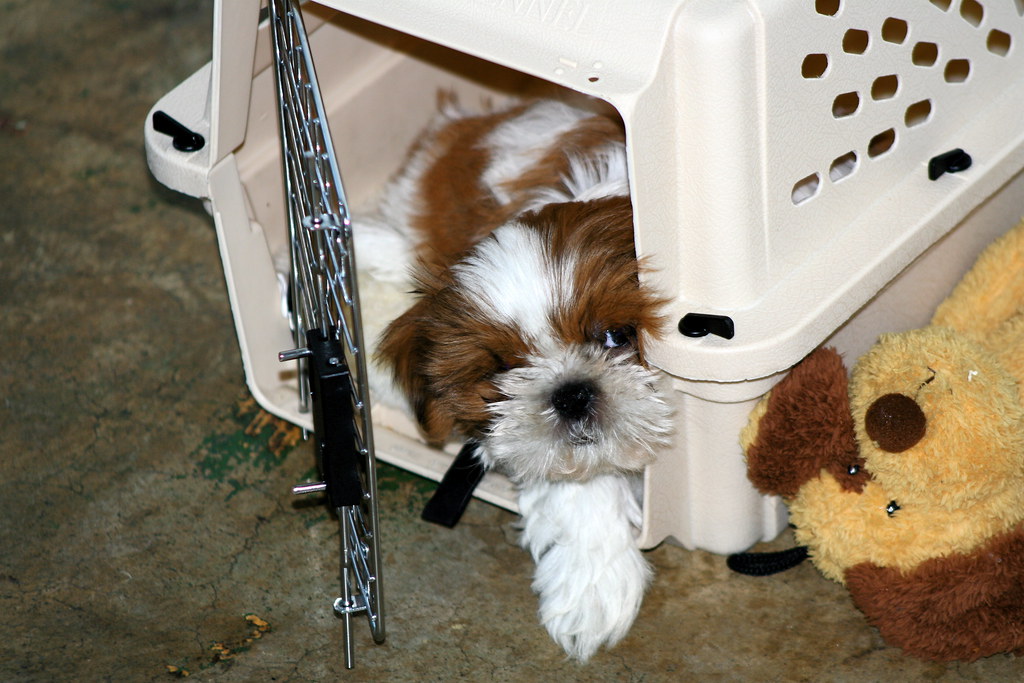
This seems obvious, yet it’s one of the most common oversights. Puppies that are left alone for very short periods, no more than 3 hours, can usually be successfully confined in a crate. With a little training, most puppies learn to go to sleep when they are put into their crates. While sleeping, they are less likely to experience the urge to eliminate. If your puppy is left alone for more than 3 hours, she will need a potty break.
Eating its meal stimulates its digestive system, and puppies normally urinate within fifteen minutes of eating, and defecate within half an hour of eating (although this might vary slightly with each individual). Puppies have very poor bladder control, and need to urinate at least every hour or two. They can urinate spontaneously when they get excited, so take your puppy out frequently if it has been active, playing or exploring.
If you’re going to be away longer than your puppy can reasonably hold it, You may be able to find a friend or pet sitter to stop by. Alternatively, you could provide an area that includes both a resting space and an appropriate toileting substrate. A large crate can be divided so that there is a resting spot and a piddle pad. Another option is to use an exercise pen or gated enclosure with a resting spot (such as a crate) and an appropriate toileting substrate (such as a piddle pad or artificial turf).
Not Gradually Building Up Alone Time

Rome wasn’t built in a day, and neither is a puppy’s confidence about being alone. Deciding when to increase the time that your dog is alone can be very difficult, and many pet parents make errors. They want treatment to progress quickly, so they expose their dogs to durations that are too long, which provokes anxiety and worsens the problem. To prevent this kind of mistake, watch for signs of stress in your dog.
The best way to help a dog with separation anxiety is to permanently change their perception of what being alone means, one second at a time. “The way we help the dogs understand and gain that confidence to remain calm until their human returns is through a systematic desensitization,” Flores says. “In the beginning, we are often working with very small increments [of time] because we want to be sure that we are building a strong foundation of the dog being comfortable.” During dog separation anxiety training, you leave the room for a moment and return before your dog has a chance to become anxious.
Only you can tell if your dog is ready to be left alone for longer periods. Don’t rush things. Give them a stuffed treat when you’ve built up to 10 seconds or so apart. Always act calm when you leave and when you return. Gradually build up the time until you can leave the house for a few minutes. Then stay away for longer and longer periods.
Leaving Dangerous Items Within Reach

Be sure to rule out separation anxiety if you’re seeing destructive behavior and a clingy attitude. Most of the time, this is simply your dog relieving boredom and enjoying a lack of supervision. Puppies explore the world with their mouths, and when left unsupervised, anything becomes fair game.
Otherwise, consider keeping your pup in a smaller, enclosed area of the house to limit their destructive capacity. Erect a baby gate, set up a playpen, or crate your dog, if you aren’t leaving for too long. Make sure your dog has been properly acclimatized to being confined in a crate or play pen beforehand.
Letting a puppy roam free all day before it’s potty trained and knows all the house rules is like setting off a ticking time bomb in your home. That’s because bad habits that develop early on like pottying anywhere a puppy chooses or destructive chewing on furniture can be difficult to break as a puppy grows older. It’s far better to keep your pup in a crate, playpen, or confined area if you can’t actively supervise it to keep it out of trouble and prevent unwanted potty accidents habits from developing.
Not Addressing the Root Cause

Many puppy parents treat the symptoms rather than addressing the underlying issue. Separation anxiety can develop in dogs for a number of reasons, but the most common is that they have never learned that it is ok to be alone. Dogs are a naturally social species and it’s normal for them to stay close to their social group which is why they can become anxious when left alone. When a puppy is first separated from their mother and litter mates, their usual response will be to whine, whimper or bark while trying to get back to them. To help prevent problems from developing, puppies need to learn to feel confident and relaxed when alone, in a very gradual and positive way.
It’s a good idea to teach a puppy or new dog to get used to your absence for short periods of time, even if you don’t intend to leave them alone for long. At some point, you will have to leave your dog at home and if they aren’t used to it, they may become very distressed. The idea is to teach them that being alone isn’t scary at all; it’s actually a time to relax and feel comfortable.
Sometimes professional help is needed. Because treating separation anxiety is a complex process, pet parents should look for a trainer or behaviorist with a background in addressing the behavior, such as a certified separation anxiety trainer (CSAT) or a veterinary behaviorist that can dispense anxiety medication if the case calls for it. Always look for a trainer or behaviorist who practices positive reinforcement training techniques.
Conclusion
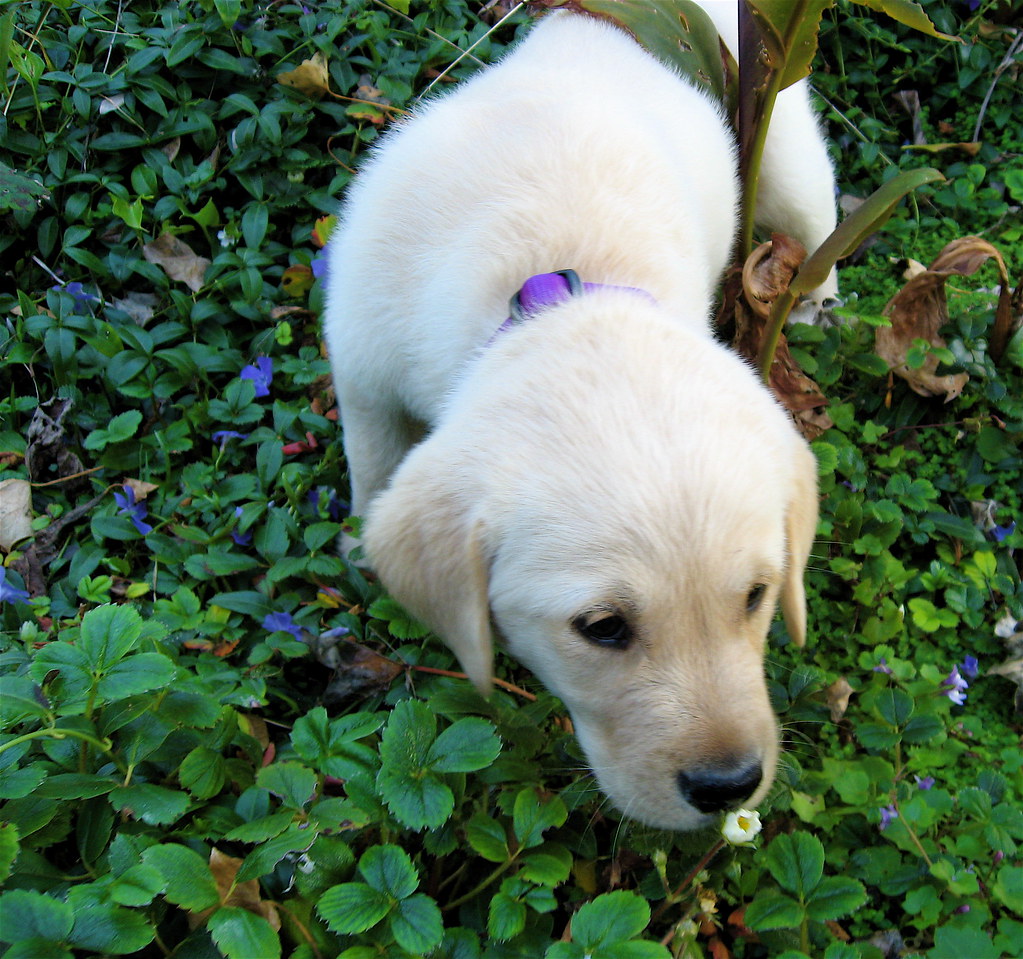
Learning to leave your puppy home alone successfully is a journey, not a destination. Every mistake you make is actually a learning opportunity, both for you and your furry friend. Remember, Although dogs should never be left for too long on their own, if they get used to being left for short periods when young, they are likely to grow up feeling relaxed and comfortable when left on their own for some part of the day.
The key is patience, consistency, and understanding that your puppy isn’t being naughty on purpose. They’re simply trying to navigate a world that can feel overwhelming without their favorite human by their side. With the right approach, you can transform those stressful departures into peaceful transitions that work for everyone.
What’s your biggest challenge when leaving your puppy alone? Have you tried any of these solutions, and what worked best for your furry friend?

Gargi from India has a Masters in History, and a Bachelor of Education. An animal lover, she is keen on crafting stories and creating content while pursuing a career in education.






